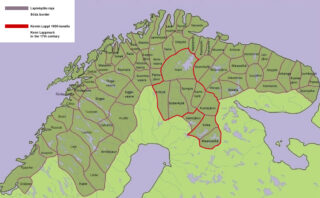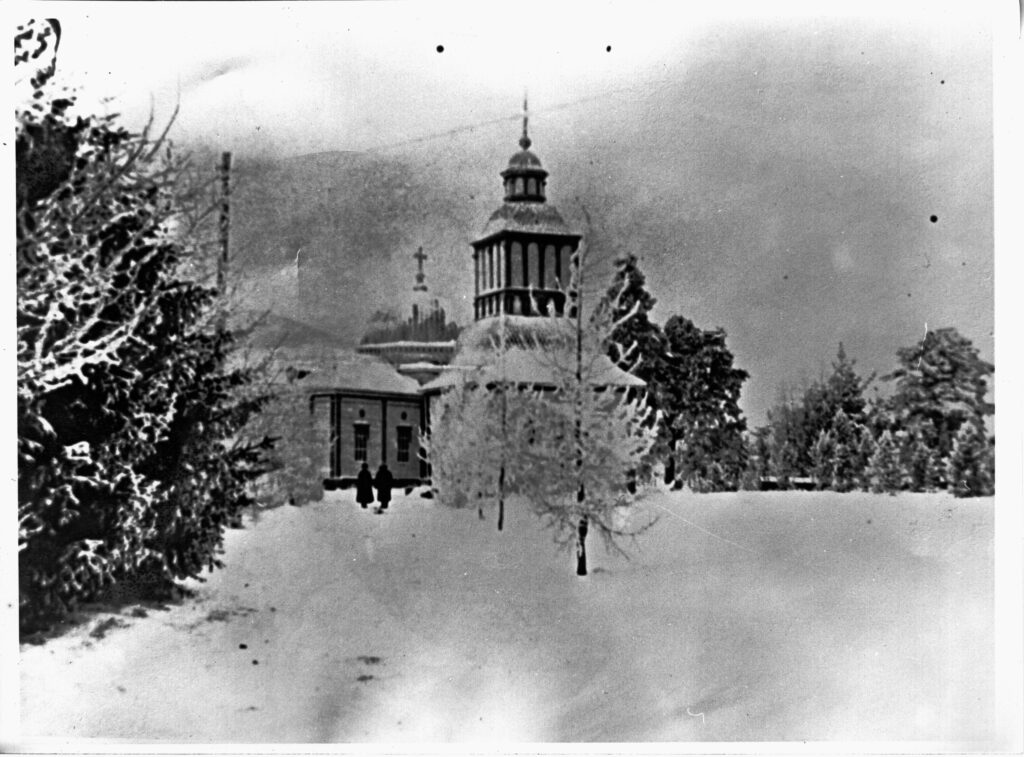Before the establishment of the Kemi Lapland parish in 1673, there was a Sámi population living in its territory, who had already been converted to Christianity by the priests of the parish in Kemi. It is assumed that almost all the Sámi of Kuusamo would have been baptized during the time of the vicar of Kemi, Johannes Pictorius (1630–1643). The chapel churches of Kemijärvi and Inari were completed in 1646 in Kemi parish, whose priests Jakob Lapodius and Esaias Fellman also performed ecclesiastical duties in the Lapland villages of Kitka and Maanselkä before the new Kemi Lapland parish was founded.
King Charles XI of Sweden gave the bishop of Turku an order to establish the Kemi Lapland parish on June 21st, 1673. The order also included the name of the future vicar of the parish, Gabriel Tuderus, who was the chaplain of Inari at that time. In his letter on September 3rd, 1673, the bishop of Turku ordered the following Lapland villages to be separated from the Kemi parish to the newly established parish: Inari, Kemikylä (now Savukoski and Pelkosenniemi), Kittilä, Kuolajärvi, Sodankylä, Sompio, Kuolajärvi, Kitka and Maanselkä.

The birth of the new congregation was supported on September 27th, 1673, by the king’s decree – Lapland’s poster. Its goal was to promote the settlement of the region by attracting Swedish and Finnish peasants to settle in Lapland with a temporary tax exemption and exemption from conscription. In the middle of the defined area was the Kemijärvi chapel of the Kemi parish, which had already received a priest in 1646.
The first vicar, Gabriel Tuderus, took care of his duties from Alatornio, and he was appointed vicar of that parish in 1682. The successor, Henricus Cajanus, who became vicar in 1684, sought to have the parish centre built in Kuusamo.
The initial phase of the congregation was associated with instability and many kinds of problems for decades. The area was sparsely populated and poor. The congregation was large and meetings between the priest and parishioners were occasional. Settlement with slash-and-burn cultivation destroyed the way of life and livelihood of the Sámi. The result was confrontation and litigation.
The famine years 1696–1697 were a serious test for the settlement. Both the villages of the Sámi and new farms were deserted. The period of Great Wrath at the beginning of the 18th century brought a restless and indecent population to the locality. The history of the Kuusamo parish (Seppo Ervasti 1981) describes the time like this: “The old patriarchal Lappish community with its strong family and clan communities fell apart and the Lappish people felt rootless, on the other hand, the scattered new settlers had not yet formed an organized community”.
